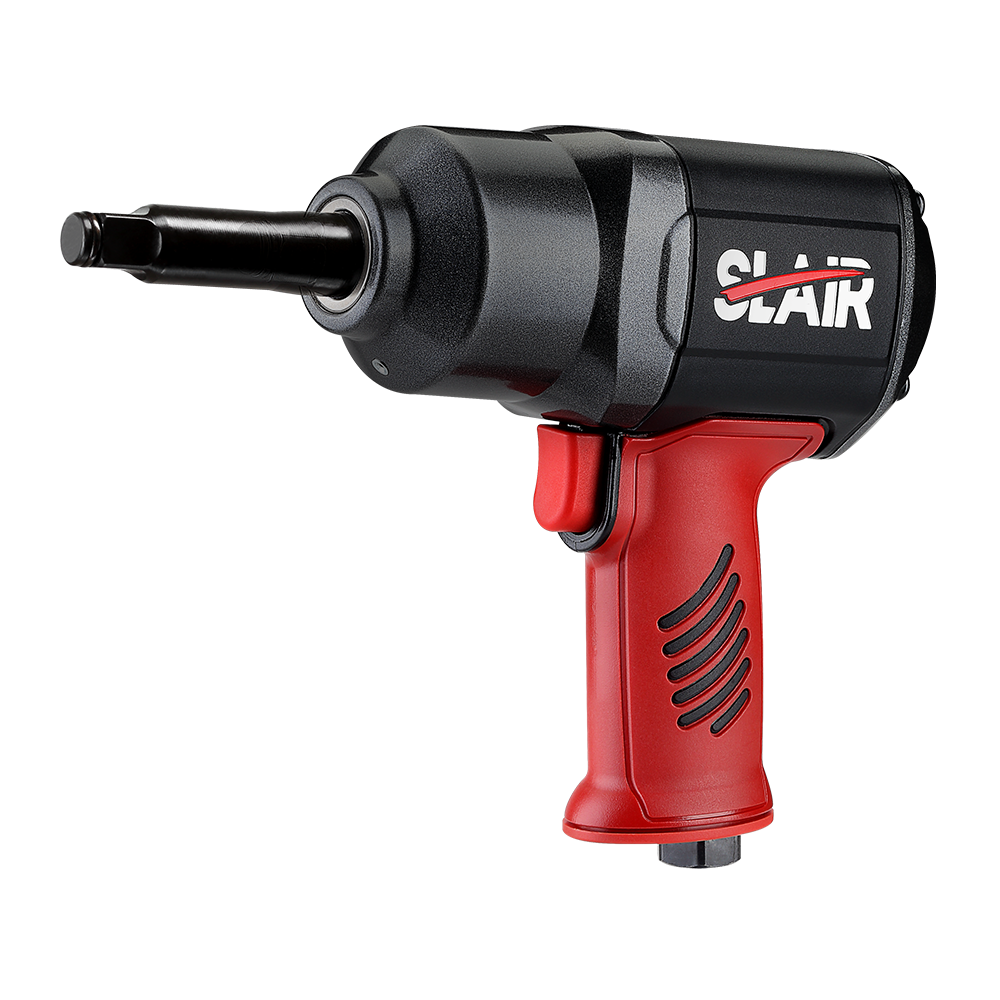Air degumming machines are typically equipped with user-friendly control systems that allow operators to adjust key process parameters, including air pressure, temperature, and processing time. The ability to fine-tune these parameters enables the machine to effectively process fibers with varying levels of gum content. For instance, fibers with a higher gum content—such as raw silk or hemp—require a more aggressive degumming treatment, which may involve increased air pressure, temperature, or a longer treatment duration. Conversely, fibers with lower gum content, such as cotton, may require a gentler treatment with reduced air pressure or a shorter exposure time to ensure efficient gum removal without compromising fiber quality.
The combination of controlled airflow and temperature is essential for the effective removal of gums (such as pectin, lignin, and waxes) from natural fibers. The air degumming process uses high-pressure air to physically agitate the fibers, aiding in the removal of these natural coatings. For fibers with higher gum content, such as raw silk, the machine can increase airflow and raise temperatures to effectively loosen and remove the excess gum. This enhanced treatment ensures that the gums are broken down without damaging the delicate fiber structure. For fibers with lower gum content, the machine can reduce both airflow and temperature, providing a gentler treatment that minimizes potential fiber damage while still achieving effective degumming.
One of the key advantages of air degumming technology is its ability to uniformly distribute air flow across a batch of fibers, ensuring consistent gum removal across the entire batch. The machine uses an intricate airflow system that ensures each fiber is exposed to the air treatment in a controlled manner. This uniform exposure is critical because variations in gum content across different parts of a batch could lead to uneven degumming if not properly managed. For example, fibers with a higher gum content require more aggressive treatment, and without even distribution, some fibers could be over-processed while others might remain inadequately treated.
Air degumming machines are designed to use a non-chemical, mechanical process that is both gentle on fibers and highly effective in removing gums. By using controlled bursts of high-pressure air, the machine dislodges gum residues without exposing the fibers to harsh chemicals or excessive mechanical stress. This gentle treatment ensures that even delicate fibers like silk, which are prone to damage during aggressive degumming processes, maintain their structural integrity. The mechanical action of air degumming is particularly well-suited for removing natural gums like sericin from silk without causing fiber breakage, brittleness, or a reduction in fiber strength.
Modern air degumming machines are increasingly equipped with advanced sensors and automated control systems that continuously monitor the degumming process. These sensors track important variables, such as gum removal progress, fiber temperature, airflow, and pressure. Based on real-time feedback, the system can automatically adjust processing parameters to optimize performance for the specific batch being processed. For example, if the machine detects that a batch of fibers has a higher gum content, it might automatically increase the airflow or temperature to enhance the gum removal process.





 English
English 中文简体
中文简体 русский
русский Deutsch
Deutsch Português
Português Español
Español
















